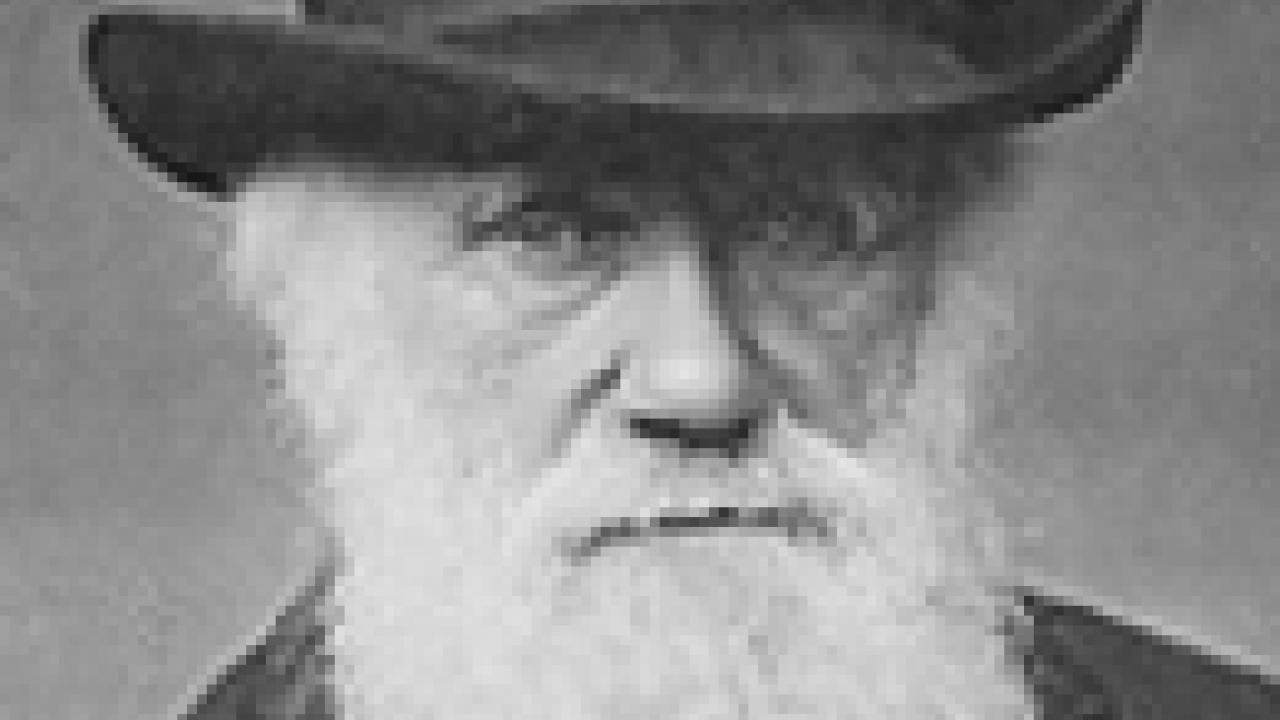What better way to celebrate Charles Darwin’s birthday than by spending an afternoon chewing the fat with the famous naturalist? No problem that he would be 200 on Feb. 12 this year, or that he died in 1882.
You can discover what five of the campus’s venerable evolutionary scientists would bat around with the grand master if they could spend an afternoon discussing his ideas over a cup of tea. Just go to www.ucdavis.edu, and read some letters that UC Davis faculty have written to the 19th century scientist — letters that, of course, were never read by Darwin, but rather reflect what is on the evolutionary minds of some top campus scientists.
Here is a sampling of those faculty missives:
Mathematical geneticist Graham Coop, at 29 the youngest faculty member in UC Davis’ evolution and ecology department, apprises Darwin of the answer to a problem the master pondered for decades — what is the basis of heredity? To illustrate his point, Coop regales Darwin with the tale of a gene that links stickleback fish directly to humans.
Geneticist David Begun confides in the father of evolution that he and other modern-day scientists still share the sense of wonder that Darwin expressed when he wrote, “… from so simple a beginning, endless forms most beautiful and most wonderful have been, and are being evolved.”
Evolutionary ecologist Rick Grosberg updates Darwin on a subject that troubled the great master: Under what circumstances — and why — will organisms die for one another … or kill one another? It seems, incidentally, that the science behind this conundrum relates to an affair that’s been nagging Grosberg, namely Darwin’s marriage to his first cousin.
Geologist Geerat Vermeij invites Darwin to discuss a slew of intriguing questions with him. For example: Why do most twining vines ascend trees in a right-handed coil, and how much further can humans push selective breeding of livestock and crops toward higher yields?
Vermeij is probably best known for documenting ancient struggles among long-extinct mollusks and their predators to determine the species’ evolutionary outcomes.
Evolutionary ecologist Maur-een Stanton treads lightly in reminding Darwin of the great controversy generated by his idea that all life on Earth descended from a common ancestor. Yet over the intervening years, she is happy to inform him, the theory has been proven to have profound and universal predictive power. (But not all is well, she writes. Some people still feel threatened by the idea.)
About Darwin
Born into a wealthy family in England, Darwin spent his life observing and thinking about nature. At the age of 13, he and his brother set up a chemistry laboratory in a garden shed. After two false starts in academia, Darwin’s life changed course at the age of 22, when he was invited to serve as naturalist aboard the H.M.S. Beagle during its journey of discovery around South America, a voyage that was to last nearly five years.
Upon his return to England, Darwin had amassed a trove of fossil, rock, plant and animal specimens and volumes of hand-written notes that would serve as the basis of his studies for years to come.
But it was not until he was 50 years old — 23 years after the Beagle had arrived back in England from its voyage — that Darwin would publish On the Origin of Species. One of the most influential scientific publications of all time, the book lays out Darwin’s theory of evolution by natural selection, validating each assertion with one example after another from his lifetime of collecting, observing, reading and thinking.
Darwin — and his book — changed science forever.
To read the Darwin letters, visit www.ucdavis.edu.
Media Resources
Clifton B. Parker, Dateline, (530) 752-1932, cparker@ucdavis.edu
